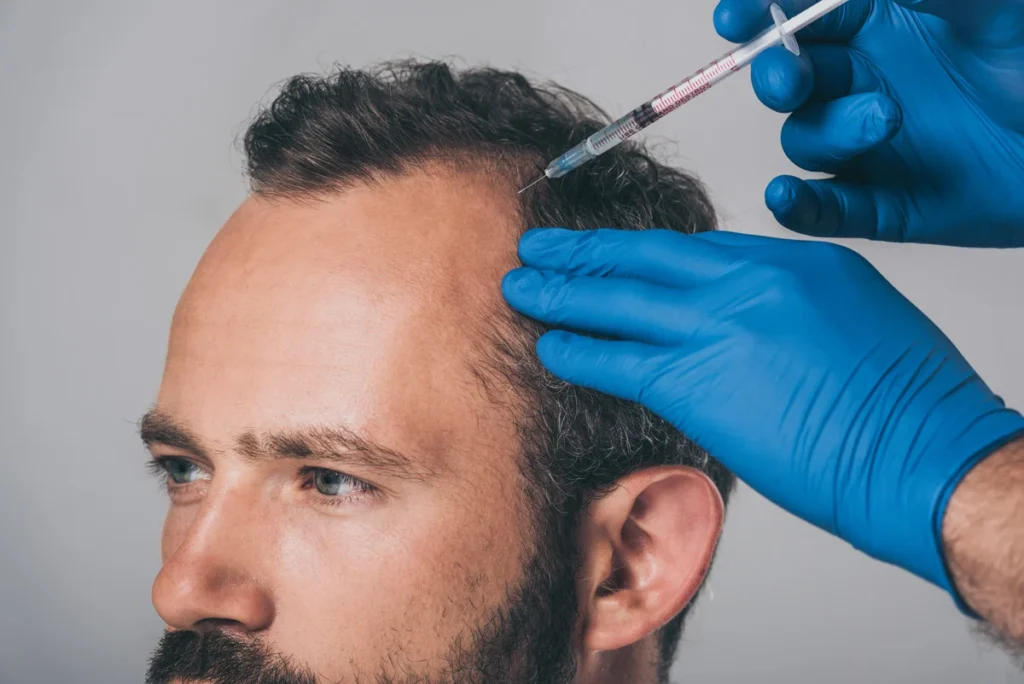For those experiencing a reduction in hair density, exploring available options is a natural step. One method that has gained attention in the field of hair restoration is Platelet-Rich Plasma, commonly known as PRP. This PRP hair restoration approach utilizes components from an individual’s own blood to address hair thinning.
What Is PRP Hair Restoration?
PRP hair restoration is a non-surgical procedure that utilizes a concentrated dose of a patient’s own platelets to address thinning hair. Platelets are a type of blood cell known for their role in healing and tissue regeneration throughout the body. The process involves creating a platelet-rich plasma preparation, a concentrated solution of platelets.
The concept behind using PRP for hair restoration is based on the growth factors found within these platelets. When these growth factors are introduced into the scalp, they are thought to interact with the hair follicles. The entire procedure is performed in a clinical setting by a qualified medical professional. It begins with a simple blood draw, similar to what one would experience during a routine physical exam. This sample is then processed to separate the platelets from other blood components, creating the PRP solution used for the treatment.
How Does It Work?
The PRP hair restoration procedure is a multi-step process. After the initial blood draw, the sample is placed into a centrifuge, a device that spins at high speed. The PRP layer, which contains a high concentration of platelets and growth factors, is then carefully extracted for use in the treatment.
Once the PRP is prepared, the scalp is ready for the application. The medical professional then injects the PRP into the areas of the scalp where hair thinning is most apparent. Injections are administered using a fine needle or a microneedling device, targeting the level of the hair follicles. The entire session is typically completed within a relatively short timeframe, and patients can usually return to their daily activities with minimal interruption. The specific number and frequency of treatments will depend on the individual’s pattern of hair thinning and the provider’s protocol.
What Are the Benefits?
Individuals who undergo PRP hair restoration may experience several benefits related to the appearance and texture of their hair. A primary potential outcome is an increase in hair density and thickness in the treated areas. The growth factors in PRP are believed to stimulate dormant or underperforming hair follicles, potentially leading to new hair growth and a fuller appearance over time.
Another benefit is the non-surgical nature of the procedure. Since PRP therapy does not involve incisions or significant downtime, it offers an alternative for those who may not be candidates for or are not interested in surgical hair restoration methods. The use of the patient’s own blood components also minimizes risks associated with foreign substances.
Seek Professional Restoration Services
Navigating the options for hair restoration requires careful research and guidance from a qualified professional. When exploring treatments like PRP, it is beneficial to consult with a provider who has specific experience in this area. A thorough evaluation by a specialist can determine the cause of your hair thinning and establish whether you are a suitable candidate for this type of procedure.

